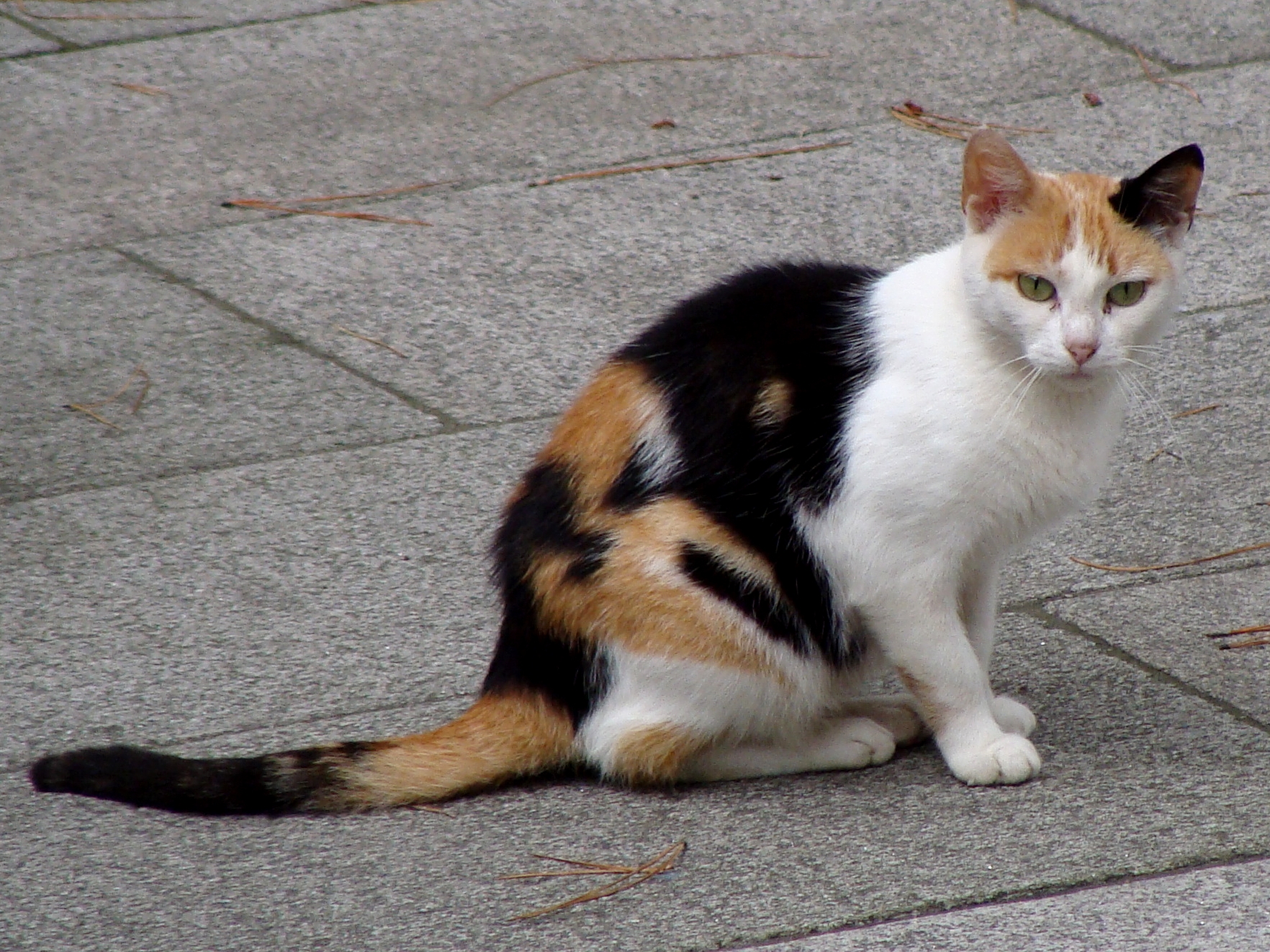Tabby. Ginger. Tortoiseshell. It’s not uncommon to spot different coat colours and patterns of stray cats all over Singapore, but how much do you know about these felines and why they look the way they do?
Related: Identifying the birds of Singapore
The original “Singapore Cat”
Believe it or not, Singapore actually has its own recognised special breed of cat – not the stray cat you’re thinking of either. Dubbed “Singapura Cat”, it was recognised as an official breed by the Cat Fanciers’ Association (CFA) in 1988, although it was thought to have a heritage mix of the Abyssinian and Burmese cats. But it looks different to most of the cats you see at your void deck.

Purebreds have a long tail with a dark tip, with a short, smooth coat which comes in a colour called “sepia agouti” – an ombre effect of dark and light brown, sometimes with thin stripes on the legs, face, and tail. It’s known to be very people oriented. However, these cats are rare because they require C-sections while birthing due to their petite bodies.
Fun fact: the cat was chosen as Singapore Tourism Board’s official mascot called “Kucinta” in 1991, and today you can see 3 Singapura Cat sculptures (a mother and 2 kittens) along the Singapore River at Cavenagh Bridge.
Ironically, you’re more likely to come across other strains of stray cats before you’ll even see a purebred Singapura cat.
The cropped tails of local cats
One of the most common traits of stray cats across Singapore is that they usually have tails that look like they’re cropped or crooked. According to the Singapore SPCA, it’s a common trait among Singapore cats as they’re born that way.
The reason the tails are crooked on many of the cats is because of a recessive genetic trait – one that belongs to the bobtailed cat family. It’s believed that the bobtail trait originated from the Japanese Bobtail cat – a historic breed with either a cropped or kinked tail – which interbred with the local “longkang” cats, resulting in the many bobtailed cats we see today.
In a way, it’s a similar gene anomaly of the stubby-legged Munchkin cat.

The different coats of local stray cats
Our local stray cats come in a variety of coat markings (Tabby, Solid, Tortoiseshell, Colourpoint, Tricolour, and Bicolour) and colours, which come in a mixture of two primary colours: black and red (which looks like orange). Any white that appears is caused by a masking gene.
The colour and pattern of their coats don’t indicate a breed, since they can be found across most breeds of cats.
Tabbies and Ginger Toms

Tabby is the most common type of coat you’ll see in Singapore, which come in either striped, blotched, marbled, or spotted in colours like grey and orange.
Some cat colours are sex-linked. Ginger or orange-coloured cats are nicknamed “Ginger Toms” because they’re most likely males (about 80% of the time) due to genetics. Also, all ginger cats sport Tabby-patterned coats.

Colourpoint
The colourpoint coat refers to pale body and relatively darker extremities (ie. the face, ears, feet, tail) as can be seen on a Siamese cat.

Tortoiseshell
The tortoiseshell coat is a dirty-looking mottling of black and orange. Almost all tortoiseshell cats – nicknamed “torties” – are females, because only the female carries the gene for orange and black colour combo.

Calico Cat
Tricolour (aka calico) cats sport three colours (white, orange, and black), and are also nearly always female due to the presence of orange and black colours. While there are rare instances of male tortoiseshells or calicos, they’re mostly sterile.

Fur colour and personality
Some people say they can spot behavioural difference according to colour, and some studies support the idea.
A study by the University of California, Berkeley found that orange and bi-coloured felines were friendlier than their tri-coloured and tortoiseshell counterparts. Another study in the Journal of Applied Animal Welfare Science found that people frequently believed that tortoiseshells had too much attitude.
So, next time you see stray cats in your neighbourhood, get to know our feline friends a little bit more!











